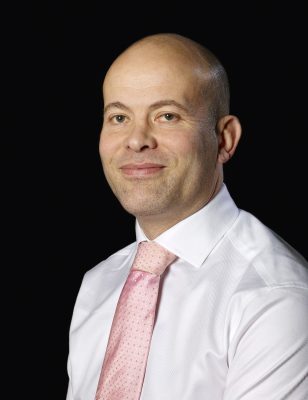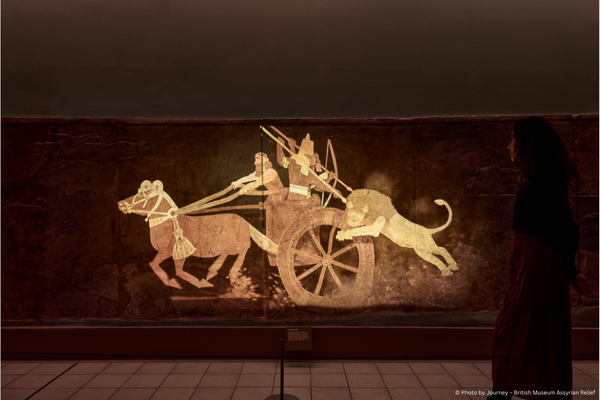Pilot projects are a vital mechanism for museums and heritage institutions to drive digital transformation and innovation. These projects enable institutions to experiment, learn, and adapt before committing to large-scale capital expenditure. By embracing an agile methodology and focusing on minimum viable projects, museums can develop a structured yet flexible approach to change. This talk explores the value of pilot projects, the importance of assembling multidisciplinary teams, and the impact of iterative, audience-centered design. It will highlight real-world case studies, illustrating how pilot projects can successfully inform major capital investments and ensure that digital transformation is embedded within museum strategies.
A key aspect of pilot projects is their ability to test multiple variables, from audience engagement and team dynamics to technology and content delivery. Rather than committing to fixed scopes and rigid processes, museums can use pilot projects to assess what works best, refining interventions before scaling them up. By fostering trust, collaboration, and agility, institutions can ensure that their digital initiatives deliver not only cost-effective results but also meaningful and transformative visitor experiences.
Building an effective pilot project team requires a multidisciplinary approach. A successful team combines expertise in content, technology, audience engagement, and exhibition design, ensuring that all aspects of the visitor experience are considered. Cohesion and alignment around shared goals are essential, as these projects lay the groundwork for larger capital investments. By proving that a team can work together effectively and generate impactful results, pilot projects create a strong foundation for future scalability.
Transformative visitor experiences must go beyond architectural considerations and incorporate interactive, immersive, and audience-focused design. Museums need to rethink how they engage visitors from arrival to exit, ensuring that every aspect of the experience is meaningful and educational. Visitors should leave feeling more knowledgeable, inspired, and connected to the cultural content they have encountered.
Case Study:
For example, in the British Museum’s Assyrian Galleries, the Lion Hunt reliefs—carved over 2,500 years ago—have been enhanced through theatrical projections and immersive soundscapes. Spotlights highlight intricate details, while the roar of a lion and the thunder of hooves bring the narrative to life. Similarly, the Roman Britain Galleries have reimagined the Vindolanda Tablets, incorporating lenticular graphics, digital displays, and whispered voice recordings to animate these handwritten snapshots of ancient life. These interventions, developed in collaboration with curators and interdisciplinary designers, have successfully increased dwell time and engaged the museum’s six million annual visitors.
By embracing pilot projects, museums can move away from outdated waterfall production methods and toward a more iterative, responsive approach. The key takeaway is that transformation is not just about technology—it’s about creating meaningful experiences and ensuring that museum spaces remain relevant, engaging, and educational. Institutions must invest in agile teams, test early, and iterate based on data-driven insights. In doing so, they position themselves as leaders in cultural and technological innovation, ready to shape the future of museum experiences in a rapidly evolving world.



